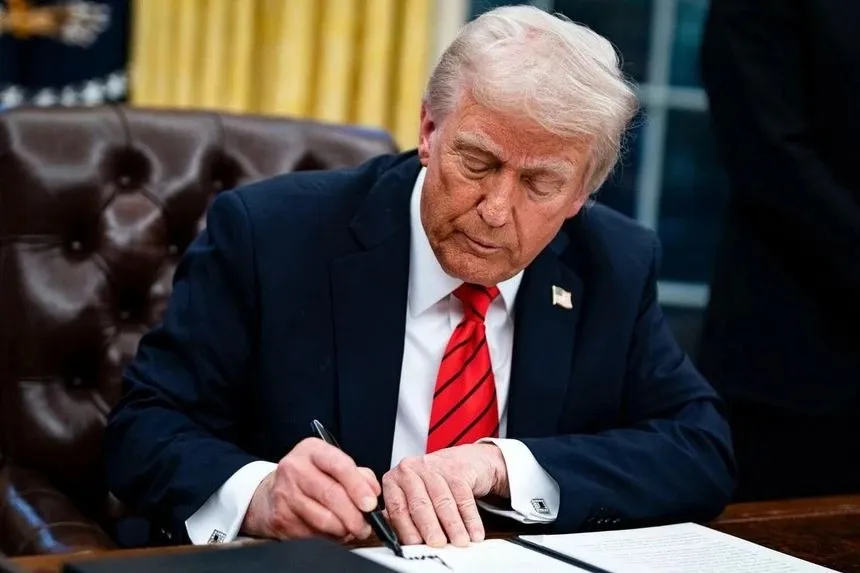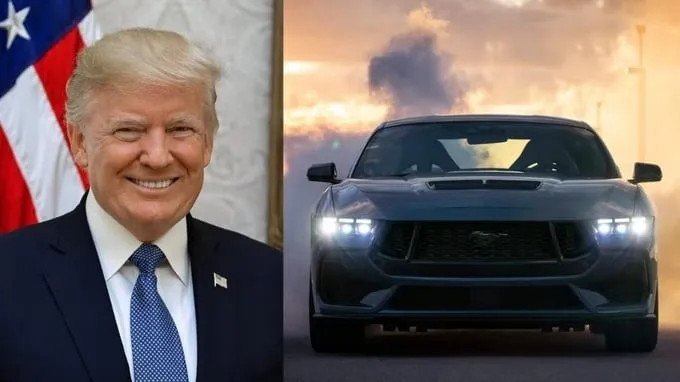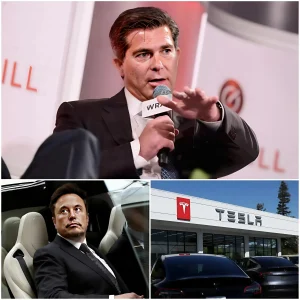On March 27, 2025, President Donald Trump announced a new 25% tariff on imported cars and auto parts entering the United States, a move aimed at bolstering domestic manufacturing and job creation. Set to take effect on April 2 for vehicles and in May or later for parts, this policy has sparked intense debate. While Trump claims it will fuel “tremendous growth” for the U.S. auto industry, analysts warn of potential disruptions, rising costs, and strained relations with key trading partners. Here’s an in-depth look at what this tariff means for the U.S. and global markets.
Tariff Details and Trump’s Vision
The new tariffs will apply to the roughly eight million vehicles imported into the U.S. last year, valued at $240 billion—nearly half of total car sales. Mexico, the top supplier, alongside South Korea, Japan, Canada, and Germany, will feel the brunt of this policy. Trump has framed the tariffs as a permanent measure to incentivize production within the U.S., stating, “If you build cars in the United States, there’s no tariff at all.” He argues this will drive investment and protect American jobs, pointing to Hyundai’s recent $21 billion pledge to build a steel plant in Louisiana as proof of success.

The White House has temporarily exempted Canada and Mexico from parts tariffs while U.S. Customs and Border Patrol establish an assessment system. This reflects the deep integration of North American supply chains under long-standing free trade agreements.
Economic Impacts: Growth or Disruption?
Trump’s supporters, including United Autoworkers leader Shawn Fain, hail the tariffs as a bold step to reverse decades of “free trade disasters” that hollowed out working-class communities. However, critics highlight significant risks. Anderson Economic Group estimates that the cost of a car made with parts from Mexico and Canada could rise by $4,000 to $10,000, depending on the model. A 2024 U.S. International Trade Commission study predicts a 75% drop in imports and a 5% increase in average U.S. car prices.
Major U.S. automakers like General Motors and Stellantis saw their stocks dip by 3% and 3.6%, respectively, following the announcement. Tesla CEO Elon Musk also voiced concerns on X, noting that the tariffs would have a “significant impact” on his company, which relies on global supply chains. For consumers, higher costs could dampen demand, while businesses dependent on foreign parts may face production halts.
Global Reactions and Trade Tensions
The tariffs have rattled international partners. Japan, the world’s second-largest auto exporter, saw stocks of Toyota, Nissan, and Honda decline, with its prime minister vowing to “explore all options” in response. Canada’s Prime Minister Mark Carney called it a “direct attack” on his nation’s auto industry, while the European Union, led by Ursula von der Leyen, is weighing retaliatory measures. The UK, where the U.S. is the second-largest auto export market after the EU, fears economic fallout, with Finance Minister Rachel Reeves warning of harm to both nations.

These tensions coincide with planned sanctions from other countries in retaliation to earlier U.S. tariffs, potentially escalating into a broader trade war. Trump has threatened “much bigger” tariffs if the EU or Canada inflict “economic harm” on the U.S.
Industry Challenges and Opportunities
The U.S. auto sector, already grappling with tariffs on steel and aluminum, faces a complex transition. Ford and General Motors have urged exemptions to avoid further strain, while the American Automakers group stresses keeping prices affordable. Conversely, the White House envisions a future where American workers produce more components domestically, not just assemble them—a shift that could reshape supply chains if companies relocate.
For now, the tariffs signal Trump’s aggressive push for “America First” policies. Supporters see it as a lifeline for U.S. manufacturing; detractors warn of collateral damage to consumers and allies. As the April 2 deadline nears, the world watches to see if this bold gamble pays off—or backfires.
Conclusion
Trump’s 25% tariff on imported cars and parts is a high-stakes move with far-reaching implications. While it may spur domestic investment, the risks of higher prices, disrupted supply chains, and global retaliation loom large. Stay tuned as this story unfolds, reshaping the auto industry and U.S. trade relations in real time.


 Top Tesla investor Ross Gerber calls for Elon Musk to step down after a $800,000,000,000 trillion stock drop
Top Tesla investor Ross Gerber calls for Elon Musk to step down after a $800,000,000,000 trillion stock drop

